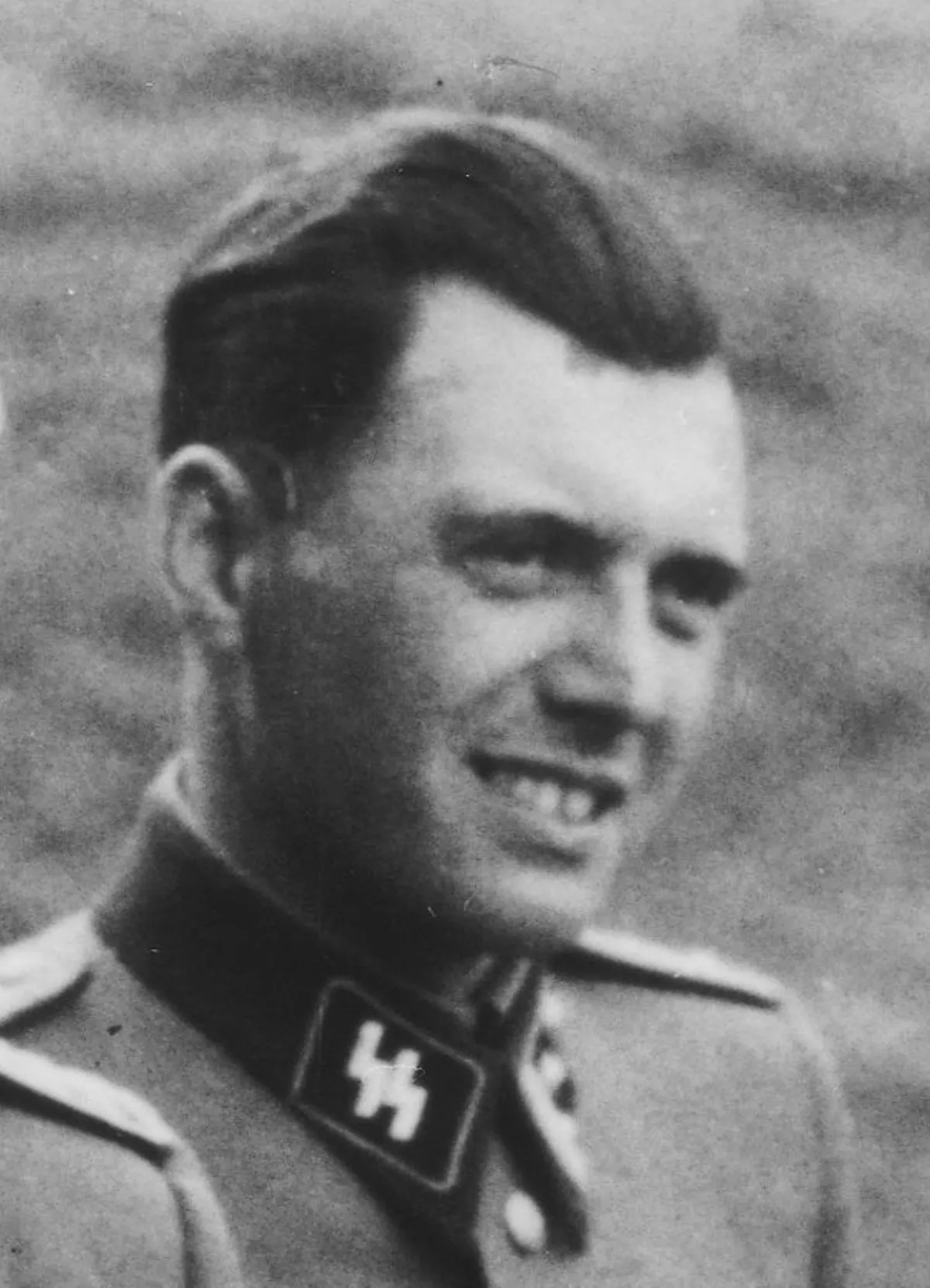 1.
1. Josef Mengele performed deadly experiments on prisoners with no medical basis at the Auschwitz II-Birkenau concentration camp, where he was a member of the team of doctors who selected victims to be murdered in the gas chambers, and was one of the doctors who administered the gas.